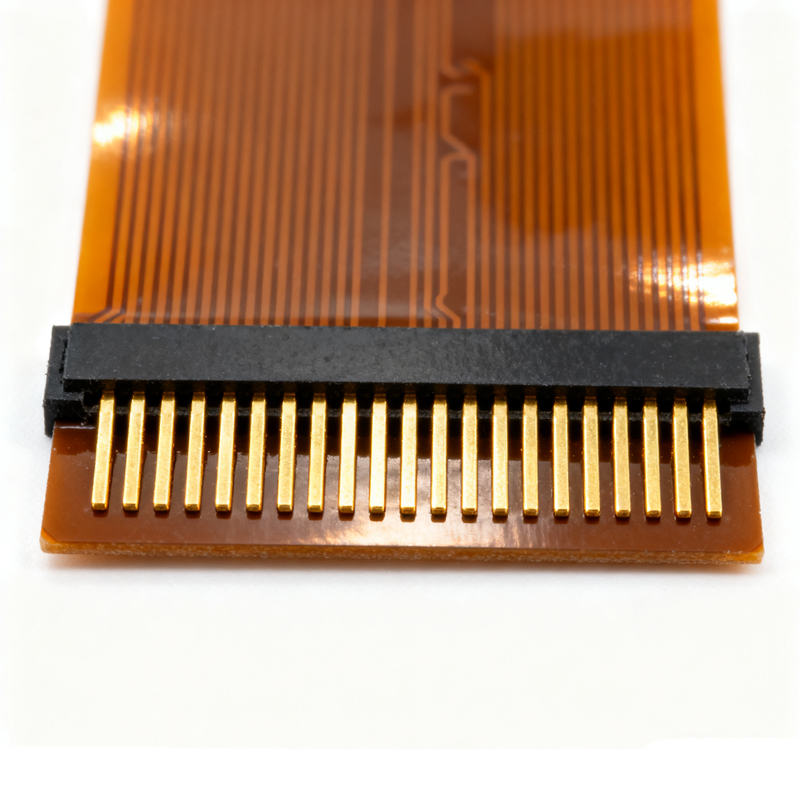Date: 2025-11-10
You've seen them – those shiny gold contacts on the edge of graphics cards, memory sticks, and other electronic cards. They're called "gold fingers," and they're basically the plug-and-play connection point that lets a circuit board talk to another device.
Here’s a straightforward look at what they are and why they matter.
What They Look Like and What They're Made Of
Appearance: They're a row of neat, rectangular copper pads, plated in gold, running along the edge of a circuit board. They look like a set of "fingers," which is how they got their name. They're pretty small – typically between 0.3mm and 1mm wide, with a similar spacing between them.
Materials: Underneath the shine, it's all copper. That's what carries the electrical current and signals. The thin gold plating on top (anywhere from 0.1 to 3 microns thick) is there for a crucial reason: gold doesn't rust. Unlike other metals, it won't corrode or oxidize, which ensures a clean, reliable electrical connection every time you plug it in, even after years of use.
Design: They're exposed by design for easy insertion. You'll often find the edges are slightly beveled (like a gentle slope) to help guide the board into its slot without scraping or damaging the connector.

What They Actually Do (Their Real Job)
They're far more than just a pretty, shiny strip. They are a critical functional interface.
They Make the Connection: This is their primary role. They create a removable electrical link between the board and another device. When you push a graphics card into a motherboard's PCIe slot, you're mating its gold fingers with the metal contacts inside the slot.
They Carry Everything: These fingers are multitaskers. They transmit both data signals (like the image data from your graphics card or the data being written to your RAM) and power to the board. They are a combined highway for both information and electricity.
They're Built for Demanding Jobs: The gold plating provides a low-resistance, stable contact surface. This is essential for modern high-speed data transfer (think PCIe 4.0/5.0) because it prevents signal degradation. Furthermore, they're designed to be durable, typically surviving hundreds or even thousands of insertions and removals.
Where You'll Find Them in the Wild
Gold fingers are everywhere in electronics that use a slot-based connection:
Computer Hardware: This is the most common place. The edges of RAM modules (DDR4, DDR5), graphics cards, network cards, and sound cards are all classic examples.
Industrial Equipment: PLC modules, industrial controller cards, and various sensor modules use them for robust, pluggable connections in factories and control systems.
Consumer Electronics: Some router expansion modules, gaming console cartridges, and other devices where you add functionality by plugging in a card.
Specialized & Critical Systems: You'll find them in medical equipment for removable diagnostic modules and in aerospace and defense systems where connection reliability cannot be compromised.
Kaboer manufacturing PCBs since 2009. Professional technology and high-precision Printed Circuit Boards involved in Medical, IOT, UAV, Aviation, Automotive, Aerospace, Industrial Control, Artificial Intelligence, Consumer Electronics etc..